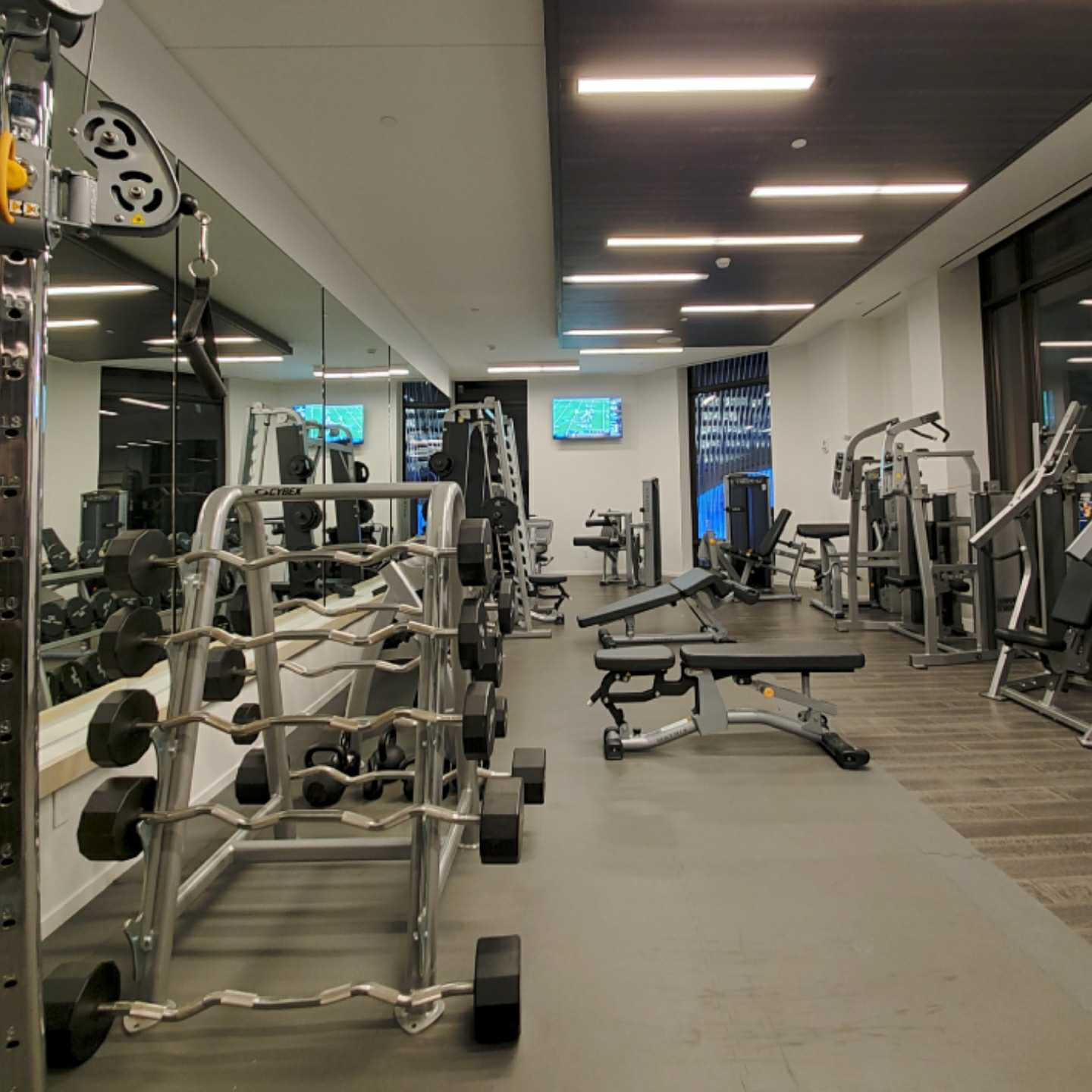By Dr. Peter Hinz
Stretching before you exercise has some great benefits, and is something you should be doing. Impatiently jumping into exercising without first stretching can cause pulled muscles, tendons, and ligaments. Stretching before you exercise will help you get the most out of your daily exercise routines.
There are different types of stretching that you can do before and after exercising. You can incorporate the different types or use just one type that suits you best. The different types of stretching are:
- Dynamic: Stretching through movement, without bouncing.
- Static: Stretching without any movement.
- Passive: Using a partner, accessories, or gravity to stretch.
- Active: Using a muscle group in opposition to stretch another.
1. Relieves Tight Muscles
Before you start a workout routine, your muscles can be tight and cold. Stretching before exercising is a good way to warm up and loosen the muscles. If you’re just starting an exercise routine, stretching can be difficult and even painful. But after weeks of stretching, you’re muscles will begin to stretch easier.
Exercising with tight muscles can lead to pulled muscles, which can stop your exercise routine for weeks. By stretching tight muscles, you are in a sense lengthening your muscles so they move easier and more freely.
2. Increase Blood Flow
Tight muscles can actually reduce the flow of blood they receive. Reduced blood flow in the muscles can cause a lack of oxygen and nutrients flowing to them.
Without enough oxygen, you could feel pain, aches, tightness, and tension in your muscles during your workout. This obviously will affect the quality of your workouts. Just 15 minutes of stretching before exercising will give your muscles plenty of blood flow and oxygen.
3. Stretching Prevents Injuries
The last thing you want to do is to pull a muscle, tear a ligament, or hurt a joint while working out. By loosening up the muscles and joints before a workout, you reduce your risk of injury.
Hold your stretch for 30 seconds if possible, and do not aim for pain. You can expect tension, but if there is pain, you should back off to where you do not feel the pain.
4. Longer Workouts
By stretching the muscles, tendons, and joints, you can have a longer workout before muscle fatigue sets in. If you have a sedate job and or lifestyle, the muscles are not used to stretching.
When the muscles and joints have not been used for hours, they tighten up, leading to tightness and pulled muscles. By stretching your body, you awaken the dormant areas of your body including the muscles and joints.
5. Stretching Increases Range of Motion
As your muscles get used to stretching they will also have an improved range of motion, which will help with all exercises. And it’s not only the muscles, but also the joints. Stretching joints will keep them from hurting and improve their range of motion.
Stretching the hip flexors is one of the most important stretches you can do. Our hips are involved in core exercises, weight lifting, and aerobic exercising. If the hip flexors are not sufficiently stretched, you can end up in pain long after a workout. One study found that both static and dynamic stretching can help increase the range of motion.
Stretching also helps your back, which is very susceptible to strain during exercising. Your back is involved in many movements during exercise, and it is imperative that you pay attention to your back when stretching.
6. Stretching Improves Balance
Not only can stretching improve your flexibility, but also your balance and posture. Balance is important during exercise and in everyday life, especially as we age. Static stretches like touching your toes are great for balance. Dynamic stretches like lunges can also improve your balance while building up your leg muscles.
Just like exercising with proper technique, it is important to stretch properly or you could pull a muscle. Pick five good stretches and do them every day, even on the days you are not going to work out. If you don’t stretch on a consistent basis, you could lose the benefits stretching provides.






